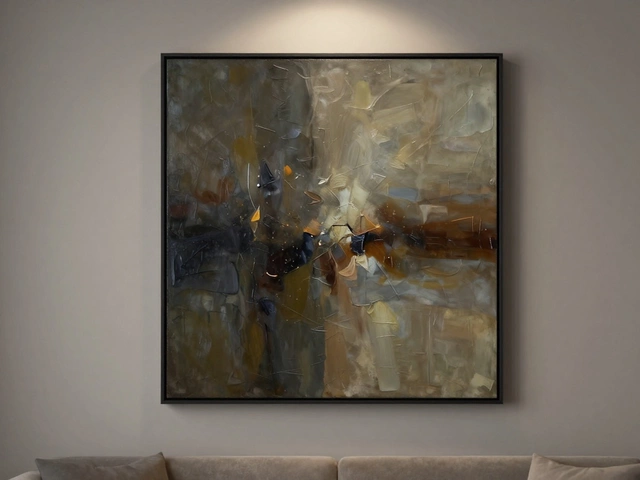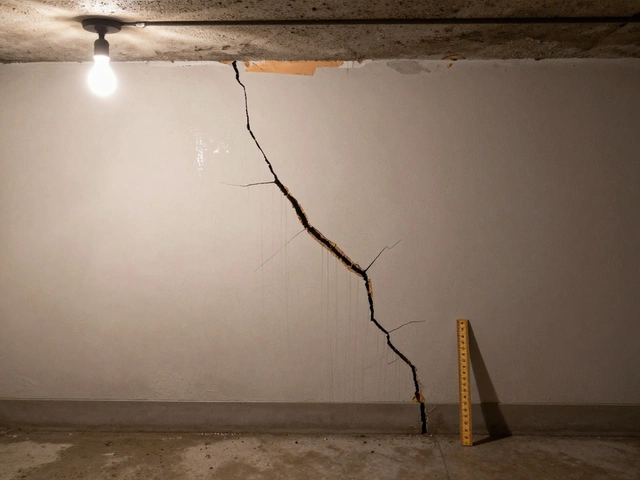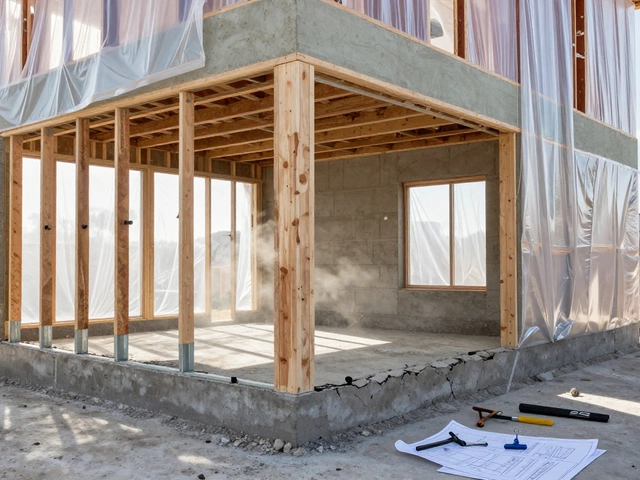Building: Essential Tips, Trends, and Expert Insights
When working with building, a structure that shelters people and activities, you’re stepping into a world that mixes art, engineering, and everyday problem solving. Also known as construction, the industry of erecting new structures and fixing old ones, the process often includes renovation, updating an existing building to meet modern standards, a solid foundation, the base that bears all loads and keeps the structure stable, and a reliable roof, the protective covering that shields everything below from weather. Understanding how these pieces fit together helps you avoid costly mistakes and makes every project run smoother.
Why Understanding Building Basics Matters
Every building starts with a foundation, so knowing how soil, footings, and concrete interact is key. A weak foundation can cause settlement, cracks, and even structural failure—issues addressed in our post about long‑term house settling. Once the base is secure, the framework and roof take shape. Modern roof replacements can run into the tens of thousands, but breaking down the cost drivers—materials, labor, ventilation—gives you a clear picture of what you’re really paying for. Meanwhile, construction crews and builders each bring different strengths; a builder may manage hands‑on tasks, while a construction company handles permits, contracts, and multiple trades. Deciding which partner fits your project can save time and money, as highlighted in our guide on builder vs construction company differences.
Renovation isn’t just about fresh paint; it’s a chance to boost energy efficiency, increase storage, and improve livability. For example, swapping out old window hardware or adding vertical storage can free up space without expanding the footprint—ideas we explore in our home storage management tips. Upgrading a dated table with a modern finish not only revamps a piece of furniture but also adds personality to the room, showing how small changes can have big visual impact. When you combine renovation knowledge with solid construction fundamentals, you create spaces that feel both new and truly yours.
Maintenance is the often‑overlooked third pillar of a successful building life cycle. Regular roof inspections catch leaks before they damage ceilings, while checking the foundation for moisture intrusion can prevent mold and structural decay. Speaking of mold, storing furniture without proper ventilation invites fungal growth; our mold‑prevention guide offers simple steps to keep sofas, tables, and cabinets fresh during long‑term storage. These maintenance habits tie back to the original construction choices—good materials, proper drainage, and skilled workmanship make future upkeep easier and cheaper.
Today’s building trends also shape what you should consider when planning a project. Sustainable materials, smart‑home integration, and color palettes that replace dull grays are gaining traction. For instance, the 2024 curtain color trends and 2024 wallpaper styles show how interior finishes can lift a space without major structural work. Pairing these trends with a well‑planned renovation maximizes impact while keeping budgets in check.
All these pieces—foundation health, roof budgeting, construction versus builder roles, renovation tricks, and ongoing maintenance—form a network of knowledge that empowers you to make confident decisions. Below you’ll find a curated collection of articles that dive deeper into each area, from detailed cost breakdowns for roof replacements to step‑by‑step DIY guides for modernizing furniture. Whether you’re a first‑time homeowner, a seasoned DIY enthusiast, or a professional looking for fresh ideas, the content ahead offers practical insights you can put to work right away.
Difference Between Commercial and Industrial Construction
Commercial and industrial construction may seem similar, but they cater to different needs. Commercial construction focuses on buildings for business activities like offices, retail, and restaurants. Industrial construction, on the other hand, involves facilities for manufacturing, storage, and logistics. Understanding these differences can help businesses make informed decisions when planning new projects.
full article




